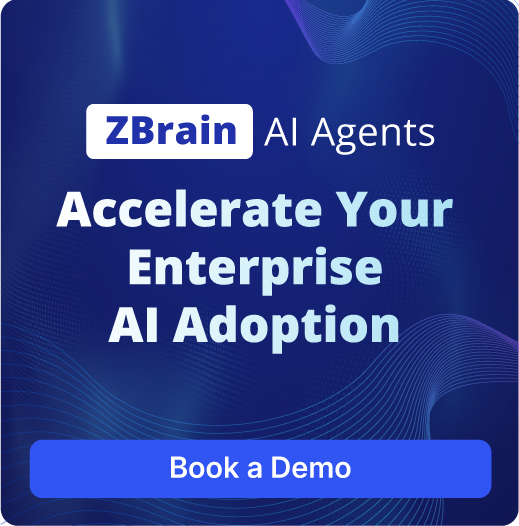
 Live
LiveContent Extractor Agent - LLM
Extracts and interprets content from various file types, including text, images, and data, using Multimodal Language Models.

 Live
LiveContent Extractor Agent - OCR
Extracts textual content from scanned or image-based documents using OCR, converting unstructured data into editable, searchable text for easy retrieval.

 Live
LiveContent Extractor Agent - LLM
Extracts and interprets content from various file types, including text, images, and data, using Multimodal Language Models.

 Live
LiveContent Extractor Agent - OCR
Extracts textual content from scanned or image-based documents using OCR, converting unstructured data into editable, searchable text for easy retrieval.
Streamline Document Processing with ZBrain AI Agents
ZBrain AI agents for Document Processing enhance the efficiency and accuracy of handling various document-related tasks, which is vital for any modern business or organization. These advanced AI solutions facilitate seamless document management through sub-processes such as Content Extraction using Large Language Model (LLM) and Optical Character Recognition (OCR) technology. Designed to simplify and automate essential tasks, ZBrain AI agents relieve users from manual data extraction and organization, providing a comprehensive utility that accelerates information processing and ensures greater reliability in data management. The flexibility of ZBrain AI agents for Document Processing is evident through their adept handling of critical tasks such as extracting complex content using LLM, transforming scanned images into digitized text with OCR, and organizing large volumes of documents into structured data. This capability enables organizations to streamline workflows, thereby boosting productivity and enabling a more strategic focus on core tasks. By handling diverse document formats and driving precision in data extraction, ZBrain AI agents empower users to manage information easily, ensuring that essential document processing tasks are optimized.

